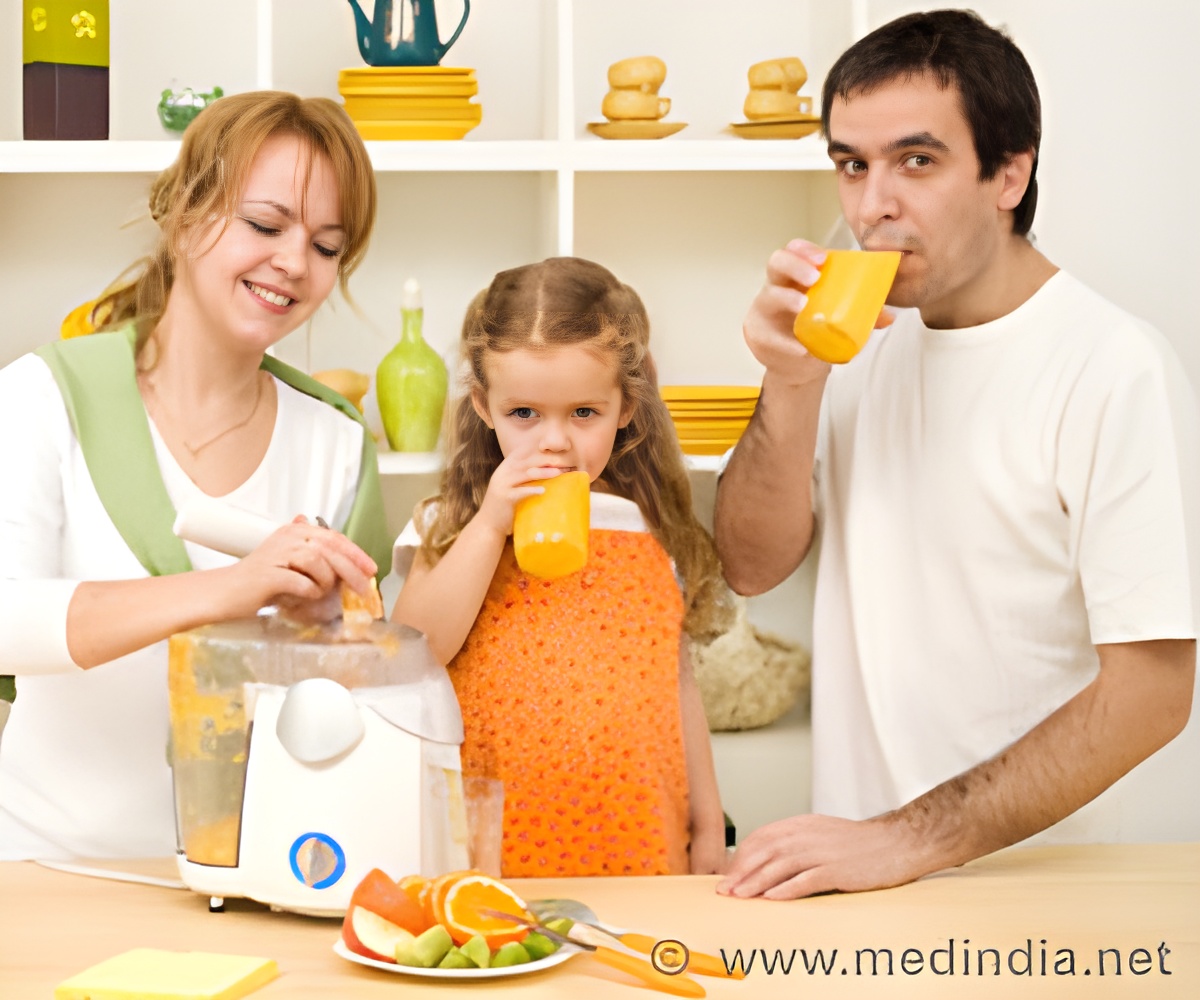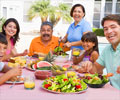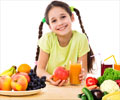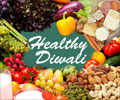Children exposed to Manga Comics were found to have improved healthy snack selection, a recent pilot study found

The study was set in two after-school programs affiliated with Brooklyn Community Services, a New York City-based nonprofit community organization, in the summer and fall of 2011. It comprised 57 youth, approximately 11 years of age, nearly 90% of whom were either Black/African American or Hispanic and 54% were female. The school districts in the study had greater percentages of students eligible for free lunch (79 and 96%, respectively) compared to the citywide average of 66%.
The researchers used an innovative intervention promoting positive dietary behaviors to capture the attention of youth living in a multimedia environment; specifically, Manga comics, which are Japanese comic art. Manga is a unique form of multimodal narrative media combining visual images and text. According to the Transportation-Imagery Model, persuasion of a story's messages occurs because an individual is ''transported'' or immersed into the narrative world, and images in a story are impactful in influencing behavior, which is why Manga was selected for this study.
After reading either a Manga comic, titled "Fight for Your Right to Fruit," or a non-health-related newsletter, children were given the choice between a healthy snack (oranges, grapes, apples, strawberries) or an energy-dense snack (cookies, potato chips, nacho chips, and cheese-filled crackers). Sixty-one percent of children in the comic group chose a healthy snack after reading, opposed to just 35% of the control group.
Approximately 30% to 45% of US children between the ages of 6 and 18 years do not meet recommended fruit consumption levels. Therefore, the results of this study could be useful in promoting healthy decision-making among youth as it relates to food consumption. However, because this was a pilot study, studies with a larger sample size are necessary, as are studies examining the effects of more traditional media.
Advertisement














